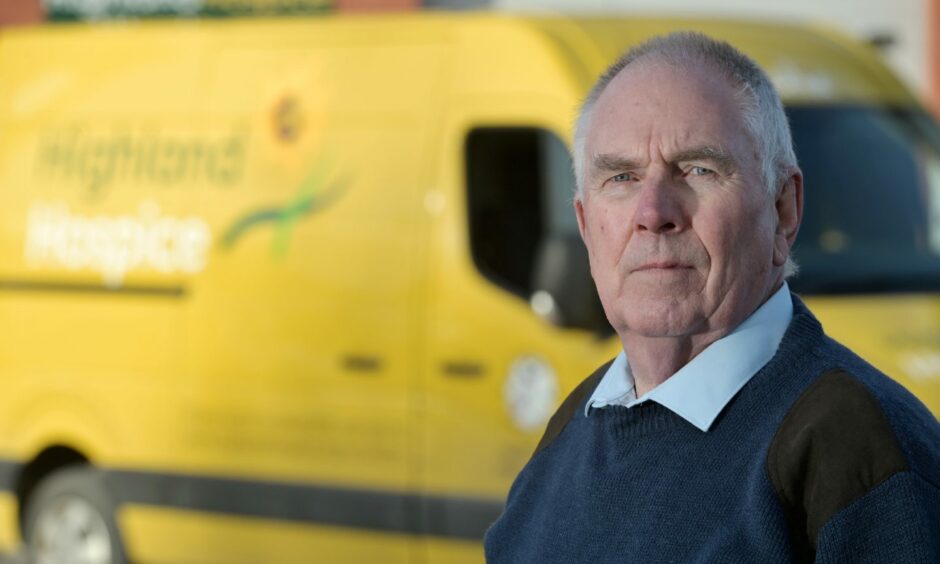
What song would you like played at your funeral?
Have you ever seen a dead body? What do you think happens when we die?
Whether or not we have asked these questions out loud, we have all wanted to.
Death is something feared by many and understood by no one, yet it’s one of the few things every one of us has in common.
While most choose to distance themselves from it and hope they can do so for as long as possible, there are some who choose careers that mean they are surrounded by it.
But why exactly?
Following Hospice UK’s Dying Matters Awareness Week, we spoke to the people for whom death is another day in the life.
Susan Smith
Whether because they didn’t have family left or because their health deteriorated quickly, hospitals and nursing homes in the Highlands noticed a large number of people were dying alone.
To make sure as few people as possible slipped away without someone at their bedside, Susan Smith, of Highland Hospice, started the No One Dies Alone (NODA) service.
A group of volunteers are now on call to head out into the Inverness and Easter Ross areas, ready to read to people, chat to them about their lives, or simply to hold their hand.
Sometimes they will sit with someone for a matter of hours before they die, sometimes it can be days.
“Medical staff just don’t always have capacity to sit with someone, they’re very busy,” said Susan.
“People might not even be responsive, but the volunteers just hate to think that someone who would want company might be all on their own.”
Having been a nursing sister before heading up a number of services at the hospice, Susan has sat with people as they died many times through the years.
“People say ‘don’t get attached’, but we’re human, we’re not robots,” she said.
“It’s more about how you manage the beginning, middle and ends of life, being honest about what you can and can’t do and having colleagues around you who notice when you are struggling.”
Susan said the volunteers balance their emotions with the knowledge they are doing something positive for someone in their final hours.
“You do it because you want to, not because you feel you have to,” she explained.
“You have to feel like the benefits of doing it will outweigh any of the discomfort you might feel. Obviously, someone is going to die, and you will have bonded with them in some way.”
NODA volunteers can also be called upon to sit with families who might be feeling overwhelmed knowing their loved one is dying, helping to prepare them for what it might look like.
“We reassure people so they aren’t sat scared of every movement,” said Susan.
“People’s senses just dull and they become less responsive, that’s the natural way. You take less in orally, you don’t need to go to the bathroom as much, you get sleepier, those things are normal.
“Most people die quite painlessly, especially if it’s to do with them being elderly. It can be a very peaceful thing.
“People don’t want you to fix everything or put the pain away, most just want to know you are there with them.”
When thinking about how she copes with the emotion that inevitably comes with working in such close proximity with death, Susan said: “You get more from it than you give.”
“Friends used to say to me ‘it must be really sad seeing people die’, but dying is just a very small part of people’s lives. It’s more about remembering who they were, their connections, what was important to them, pulling the human part from them.
“It’s about living until you die, we aren’t sitting and waiting on people dying, we help them live until the end.”
Jackie Smith
For eight years, Jackie Smith has sat at people’s bedsides as they entered their final hours, holding their hand, making them comfortable.
She thought she would be able to do the same with her own loved ones when the time came, which brought her comfort.
But when Jackie’s husband died suddenly in an accident, she didn’t even get a chance to say goodbye.
“Given the ethos of my job is to ensure family members are with their loved one, holding their hand when they die and having a good death, it was very difficult for me to not be able to experience this,” she said.
52-year-old Jackie, from St Fergus, is a healthcare assistant at Marie Curie, providing care and support to people living with terminal illness in their own homes through the night.
She said: “I get so much fulfilment from caring for someone, whether they are in their last days, weeks or months.
“Knowing that I’m able to make it possible for people on their final journey to die in their own homes with familiar surroundings is so important and helps alleviate any worries and concerns they may have.
“Being welcomed into someone’s home and building up that connection is an honour.”
Ensuring everyone she cares for has a “good death” is crucial to Jackie, as she says it’s the last memory their loved ones have to hold on to.
“Being there for a patient on their last journey, knowing you’ve cared for them with compassion and dignity, whilst offering emotional support, is rewarding,” she explained.
“I’ll be able to talk families through what the next steps are and what happens to their loved one when they die, I tell them as much or as little as they want to know.
“Grief affects people in different ways, but it’s important for them to know they have a listening ear.”
Though she doesn’t openly tell people about her own loss unless they ask, Jackie found a new connection to them after being able to empathise with their suffering on a deeper level.
One woman in particular helped Jackie as much as she had helped her family through Marie Curie, as their loss created a bond between them.
“I met her a month after my husband died by accident in a car park,” said Jackie.
“She looked at me and knew something had happened.
“Given we were the same age, shared the same interests and our husbands died within three months of each other, she showed me I wasn’t alone and someone else had experienced it.
“Everyone’s grief is different, but we understood each other in terms of the physically and emotional aspects we were feeling. We kept in touch and the lady then went on to volunteer for Marie Curie, knowing she could help other people, which was such a selfless act to do.”
Frances Thin
Frances Thin trained in oncology massages later in life and wanted to offer her services to Highland Hospice last year.
Now volunteering in the hospice’s complementary therapy team, she works with healthcare professionals to decide which patients might benefit from a massage or treatment.
Most of her shifts are spent with people who are in their last weeks of life.
The nature of Frances’s work allows her a physical connection to patients that many have come to know only in a medical sense.
“There is such a power in touch,” she explained.
“I could just be sitting stroking someone’s hand, I don’t have to be going in with an intense massage.
“They have allowed themselves to be touched, not prodded, poked, injected, wheeled around, lifted, for pleasure, not as something to be endured. For some of them, it’s the first time they have ever had a massage.”
Patients’ positive reactions encourage Frances to keep returning to an environment many shy away from.
She said: “People say it’s a wonderful thing to be doing, but I don’t feel that I am doing something that is hard to do.
“It’s a two-way street, I get as much from them as they get from me, just in a different way.
“I come away feeling uplifted but emotionally drained, it’s a funny combination, a caring dynamic. In some ways I have found it easier than I expected I would, but you need to remain self-aware.”
France’s treatments can take place in silence, or amidst “a great blether” if that’s what the patient prefers.
“There’s a thread you can establish; most people who live in the Highlands and Islands have some kind of commonality anyway,” she said.
“I met a woman who hailed from Caithness and I’ve spent a lot of time there, so we talked about the coast, listening to the waves, the stones rumbling and clattering as the waves retract. You could see in her eyes she was back there in that moment.
“It’s such a privilege, those conversations are so rich. They might not be for very long but they are inspirational in their own right.”
Now 62, Frances said she was “made to stop and think” when she realised she was surrounded by patients around her own age.
Working in close proximity to death has impacted her outlook on life.
“When I sign into the hospice and go into the inpatient unit, even for just a second, I stop and think ‘okay, I am going into a special place, I should go in and do my work with intention and focus,'” said Frances.
“There is an inevitability of suffering, of death, but you have to be present.
“Like so many things, I think it puts you in your place. Things I used to worry about, I now think ‘really?’.
“The important things in life are family, friends and time.”
John Mackenzie
“I was a clearance diver and was involved in bomb disposal, so we dealt with death a lot, recovering bodies,” said John Mackenzie, a volunteer at Highland Hospice.
“We weren’t ashamed of our emotions, we would cry, we would laugh, it kept us sane.”
He added: “There is no doubt that your time in the Forces gives you a different outlook on life.
“One thing I have learned from working all over the world is that we all want the same things. We want peace, education for our children, food on the table, somewhere decent to live, that’s pretty much it.
“When it comes to the end, we’re all the same.”
John was inspired to start volunteering at Highland Hospice after his brother died of cancer at a hospice in Leith.
He drives one of the hospice vans, taking patients to appointments and family members in to visit. This means he often transports people to their last meeting with a loved one.
On difficult drives like these, he doesn’t shy away from wearing his heart on his sleeve.
“I’m an emotional person anyway, I’ve got worse as I’ve got older,” said John.
“I’m not afraid to cry with someone, if they get emotional then I get emotional with them.
“It’s a good and human response, it takes the pressure off and there’s no shame in it.”
He added: “I find it quite inspiring to be honest. You are dealing with people who are at the end of their lives, but at the same time it’s amazing the courage you come across in people.”
Highland Hospice’s Last Aid project helps to educate the community about the basics of palliative care and care for dying people, instilling in the community a confidence to care for dying loved ones at home, as used to be the norm.
John’s beliefs surrounding death help him cope with being in close proximity to it a lot of the time.
“It depends on your outlook on life, but I believe that we are only here for a short time, one small grain of sand in an eternity,” he said.
“I don’t believe death is the end and I’ve never had a fear of it.”
He added: “It’s as much part of life as being born, so I don’t know why it is such a taboo subject.”
Five years on from starting volunteering, John said he hopes to keep doing so for as long as possible.
He has found that, the closer people are to death, the less they fear it.
“Life is fascinating, but death is fascinating too, people are so scared of it but those who are dying generally aren’t,” he said.
“They’re curious, yes, and they are going to miss their lives and loved ones. But I haven’t met anyone yet who was terrified. ”
Dying Matters Awareness Week ends tomorrow. It aims to encourage communities across the country to come together to talk about death, dying and grief. Find out more at hospiceuk.org
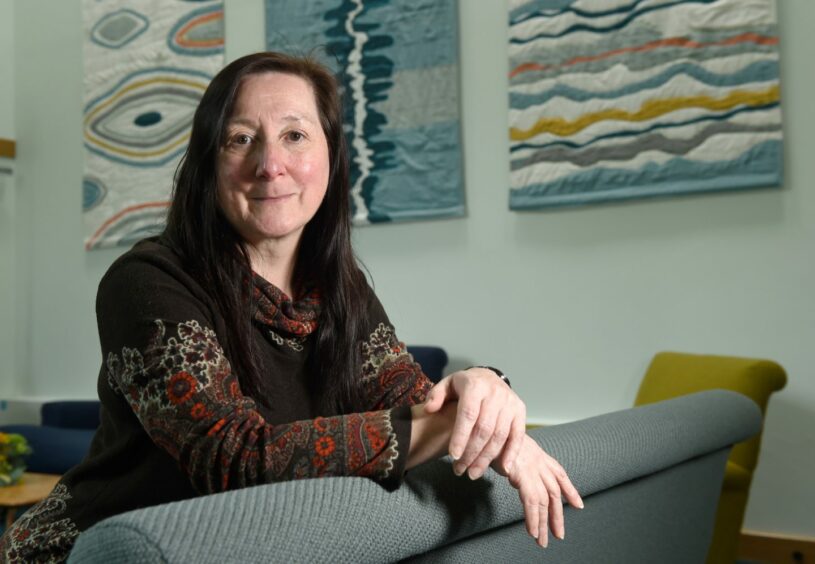
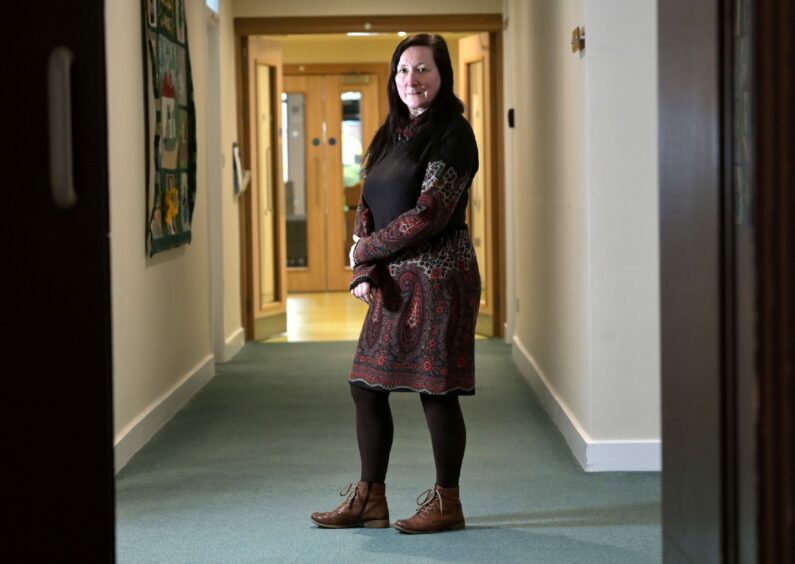
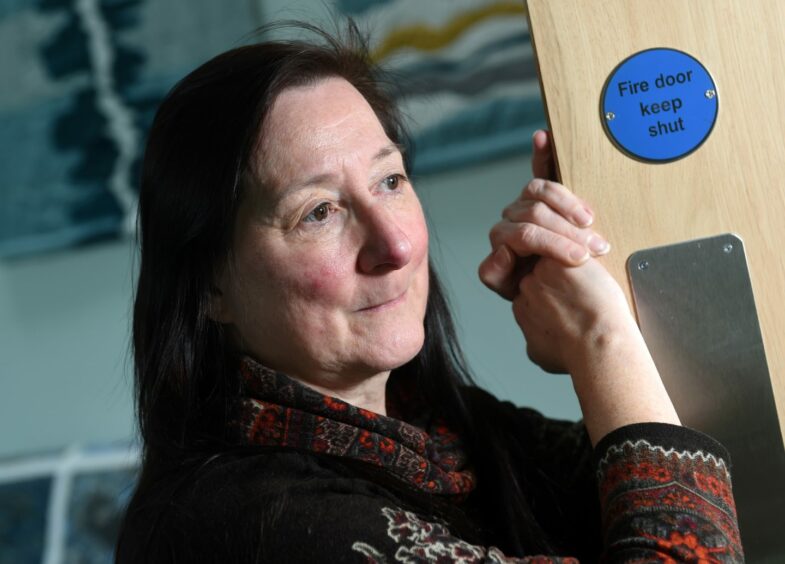

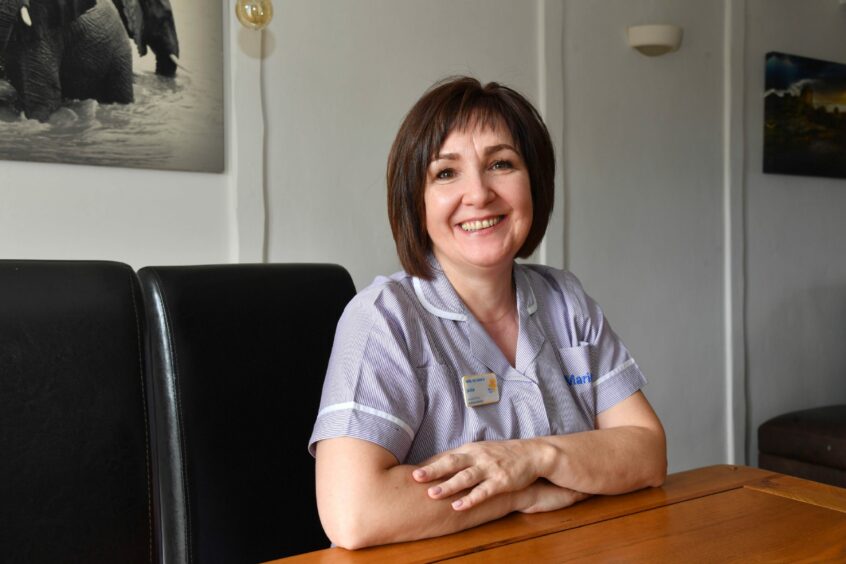

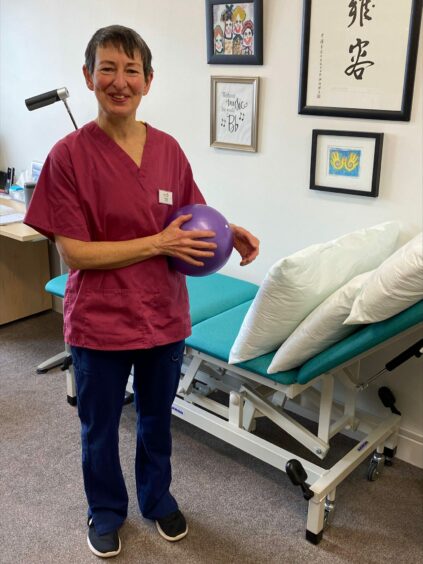
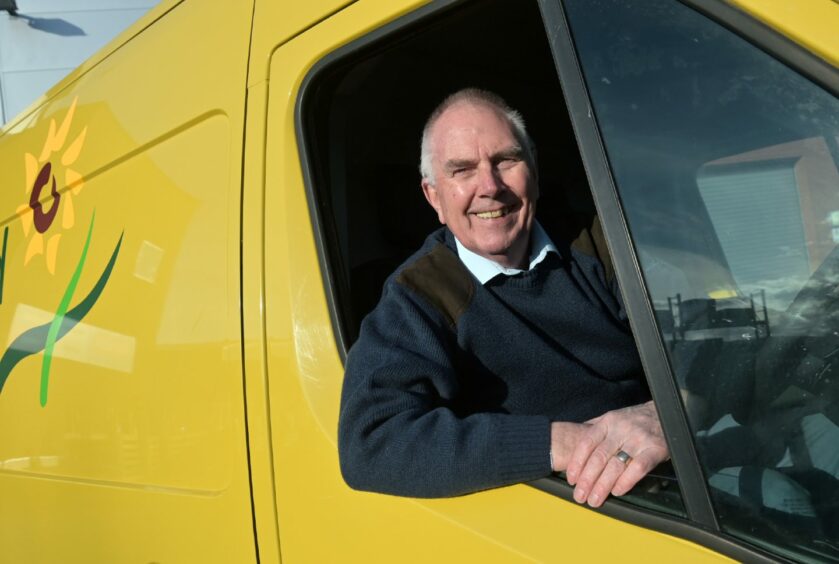
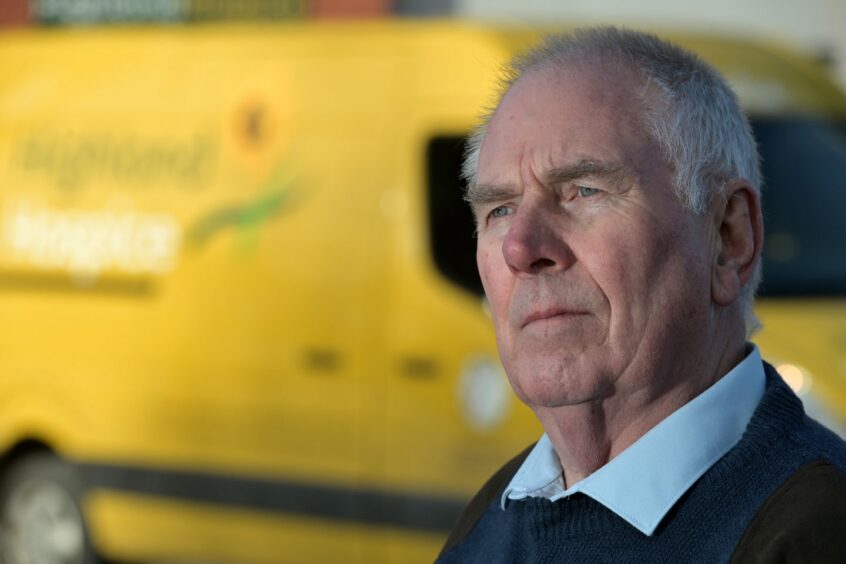
Conversation